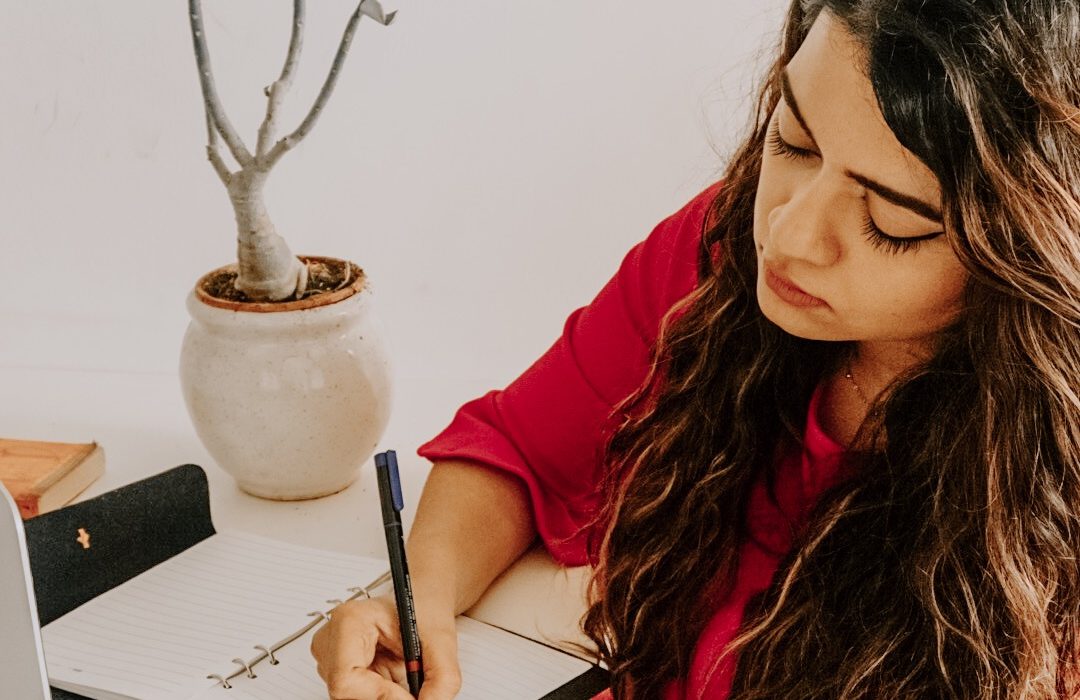
http://bit.ly/2BQI7Qh
Fashion is the core of what I am and what I do for a living. Naturally, having an unending shopping list and desiring new, trending entrants in my closet is routine to me. However, the same would have landed me in bankruptcy by now if not for the saving and investment habits that I’ve learned and developed over the years.
I started saving at the age where I wasn’t even aware of why and what I was saving for. My father aided me through the process and helped me save money in my piggy bank since I was six years old, which had collected around ten thousand rupees by the age of seven. I would keep adding twenty to fifty rupees into it daily. While some of that saving money came from my pocket money and change for chocolate treats, the rest would be gifts from family on festivals.

Although, these habits started way back in my childhood, the importance of these money practices became familiar to me only during my early twenties. I had goals, long-term and short-term, both. And, I had my expenses and savings too. Once I began tracking my monthly expenditures, learned how much I was spending and saving, I also realized that I’ll never get closer to my goals the way I was going. Moreover, I wanted to live the best of my twenty’s while also being able to invest for those goals. The bottom-line here for me was to do the above independently, by being able to have my own financial standing for years to follow. The same could only be made plausible with some thought put into beneficial savings and investments. The idea of saving a little in your twenties and relishing its perks in your later years was motivating in its truest sense. Maintaining the save and spend balance can be strenuous in these years but a few easy budgeting tricks can go a long way.
The envelope method:
One simple saving technique that I abide by is the envelope method. I track my monthly expenditures, tailor them to fit a set budget, have that amount in an envelope every time to spend from and ensure I stick to just that for the month.
The 70-30 rule:
Another basic money saving technique that I use and have been using is the 70-30 rule where I make sure 30% of my earning goes in savings and the rest 70% is spent on the necessary and some leisure expenditures.

Smart investments:
Mutual funds are a smart alternative and not as complicated as most of us make it to be. With a range of captivating facilities, Mutual Funds bring long-term and sustainable financial benefits despite being susceptible to market risks. There’s accessibility and liquidity where it’s relatively easy to enter and exit a scheme. To curb the risk factor, Mutual funds guarantee diversification of the assets, which is a smart quality. Moreover, you are exposed to variety; different types and categories of funds to invest in.
The process of Mutual funds is considerably smooth, especially with the facility of expert management to aid your decisions. And, the appealing feature is affordability with options of systematic or one-time investment only adds to its attributes.
Needless to say, the saving habits inculcated by my father in my childhood and the many perks of Mutual funds have made me more money confident. I’m no longer strained about living the best of my life today and not being able to save up for my dreams and goals. A little from my pocket now and years of monetary benefits!

